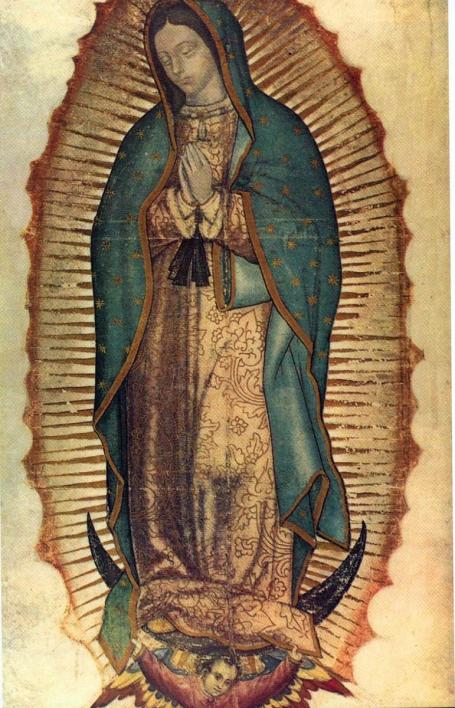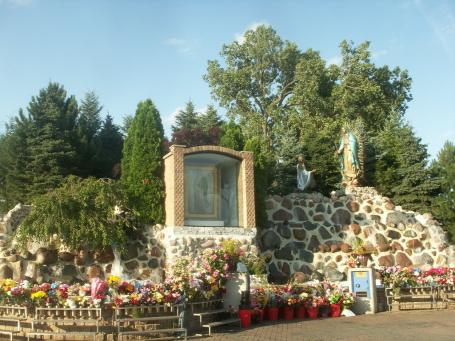Elaine A. Pena, Performing Piety: Making Space Sacred with the Virgin of Guadalupe (2015), Introduction and Chapter 1
If at the end of this course my students can name only one Catholic pilgrimage site outside the United States, I want them to name Guadalupe in Mexico City, Mexico. I assigned Elaine Pena’s Performing Piety: Making Space Sacred with the Virgin of Guadalupe so that I could be sure my students would know something about this important pilgrimage site. I’m glad I was able to expose my students to pictures from this shrine and its companion site near Chicago, IL called, “Second Tepeyac.” Replicated pilgrimage sites is one of the ways Catholics imagine they are participating in a global culture. Lourdes is perhaps the most replicated Catholic pilgrimage site, with duplicate “grottos” a popular feature of Catholic shrines around the world. Visiting such sites helps Catholics feel that they are doing the same practices (although not necessarily with the same goals in mind) as Catholics all around the world. Visitors to Second Tepeyac in Chicago, Pena notes and I conveyed to my students, feel it is important that they pray in the same way and see the same sights as they themselves once did if they visited First Tepeyac in Mexico City.
Some of the other concepts Pena talks about in her book did not go over so well when I tried to explain them to my students. The idea of “Devotional Capital,” a variation on Pierre Bourdieu’s concept of “Symbolic Capital,” did not provoke much discussion when I gave a brief explanation. The idea that people can want something for reasons that can’t be reduced simply to its cash value seemed to come across. But it was hard for my students to apply this to the practice of pilgrimage. Or at least they didn’t respond actively to my questions about why people would go on a long journey to Guadalupe if they had no hope of getting some cash value from this effort. In any case, I’d be happy if my students left class this week being able to recognize a picture of Guadalupe. It is an important practical life skill, I told them, being able to recognize Guadalupe when they see her tattooed on an acquaintance’s shoulder at the gym (as I did last week) or hanging from the rearview mirror when they sit down in the passenger side of a friend’s car. Maybe I feel this way because, at this point in the semester, I have more modest goals for this course—at least more modest than the goals I started with in January. As a first time teacher of a new class, I’m not surprised that I have scaled down my ambitions, and I am wondering what my students will say themselves, once all is said and done, about what they’ve learned from our work together.

